What are cryptocurrency network fees?
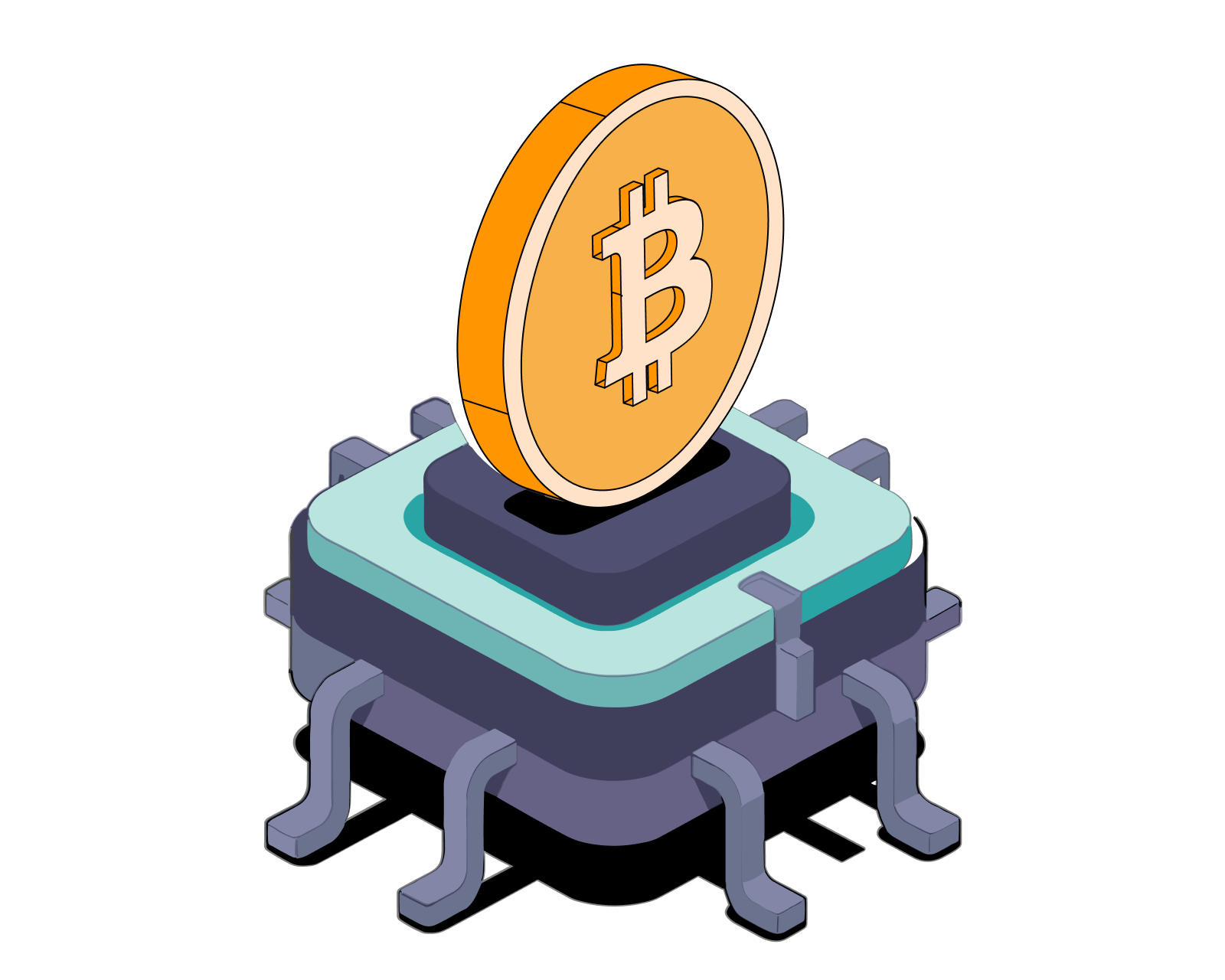
Table of Contents
What are cryptocurrency network fees?
Blockchain network fees, often referred to as transaction fees or gas fees, play a crucial role in the functioning and maintenance of decentralized networks like Bitcoin and Ethereum. These fees act as incentives for miners or validators who contribute their computational power to verify and process transactions, ultimately adding them to the blockchain. Network fees ensure the efficient and secure functioning of the system, as they deter spam transactions and malicious activities, while encouraging miners/validators to prioritize transactions with higher fees. This, in turn, promotes a competitive marketplace where users can decide the priority of their transactions by choosing the amount of fees they are willing to pay.
How are cryptocurrency fees determined?
As a general rule, crypto fees on smart contract enabled blockchains are determined in large part by due to the differing levels of complexity, data size, and urgency. Transactions that require more data to execute and/or are computationally complex will have a higher base fee. In networks like Ethereum, where smart contracts are executed, more complex operations consume more computational resources, and thus require higher fees. Similarly, transactions with larger data sizes take up more space in a block, and therefore demand higher fees. This is why sending a larger amount of Bitcoin generally comes with a higher fee.
Urgency also plays a significant role; users who desire faster confirmation times for their transactions typically offer higher fees to incentivize miners/validators to prioritize their transactions. This creates a dynamic fee structure that enables users to determine the balance between cost and speed, while simultaneously supporting the overall health of the blockchain network. In other words, in periods of high network activity, transactions will cost more than in periods of low network activity.
In Ethereum, transactions cost gas to execute. Gas is paid in ether (ETH), Ethereum’s native currency. However, the price is denoted in gwei, which is equal to 0.000000001 ETH, because it is more human readable to say a transaction cost 5 gwei than 0.000000005 ETH.
Why are some crypto transactions more expensive than others?
As stated in the above answer, blockchain transactions are in part determined by the amount of data in the transaction and the computational complexity. On smart contract enabled blockchains, the computational complexity is often the most important factor. For example, sending a token from one address to another costs less than swapping a token on a decentralized exchange (DEX), which costs less than minting an NFT.
Sending cryptocurrency: A simple transaction, such as sending a cryptocurrency from one address to another, usually requires a relatively small amount of computational power and thus incurs a lower fee. This operation is straightforward and doesn't involve complex computations or smart contract interactions.
For example, if you're sending Ether (ETH) from one Ethereum address to another, you're performing a simple transfer operation that doesn't demand much computational effort.
Swapping on a DEX: Transactions involving decentralized exchanges like Uniswap or SushiSwap are typically more expensive. These operations involve interacting with smart contracts, which are more computationally intensive than simple transfers.
When you swap tokens on a DEX, your transaction is interacting with a liquidity pool smart contract. It involves not just transferring tokens but also calculating the exchange rate, updating the liquidity pool balances, and potentially paying out fees to liquidity providers.
Minting an NFT: Minting an NFT (creating a new non-fungible token) is usually the most expensive type of transaction. When an NFT is minted, a new unique token is created on the blockchain. This process involves writing a significant amount of data to the blockchain, which is computationally expensive.
The cost to mint an NFT on the Ethereum network, for example, can be quite high because each unique token requires its own smart contract interaction.
How do I set the network fee in my cryptocurrency wallet?
This, again, depends on the wallet. In fact, many centralized cryptocurrency exchanges don't give you any control over the network fee whatsoever. Instead, they have a predetermined fee (which is almost always set higher than the actual fees the exchange will pay). In other words, the exchange profits when their customers withdraw cryptocurrency. This is a common revenue-generation strategy for centralized cryptocurrency exchanges.
Most self-custodial wallets, however, allow you to customize the fee you attach to your crypto transactions. The Bitcoin.com Wallet app, for example, has three convenient fee settings for Bitcoin and Ethereum, as well as the option to set custom fees.
Here’s an example of how to adjust Bitcoin (BTC) network fees in the Bitcoin.com Wallet app:
The default speed (“Fast") is set to have your transaction confirmed most likely within the next three blocks (so less than 30 minutes). If you change it to “Fastest," you’ll pay a higher fee and likely have your transaction confirmed in the next two blocks (so less than 20 minutes). Changing it to “Eco" will save you some money, but still result in your transaction most likely getting confirmed within the next six blocks, so generally less than 60 minutes.
Here’s an example of how to customize the transaction fee in the Bitcoin.com Wallet app for Ethereum and Ethereum Virtual Machine (EVM) chains including Avalanche and Polygon:
If you’re setting custom fees, which is only recommended for advanced users, you’ll want to use a tool like Bitcoinfees for Bitcoin or Etherscan’s Gas Tracker for Ethereum to ensure you’re choosing an appropriate fee given the current state of network congestion.
Related guides
Start from here →
What's a smart contract?
Get the basics on the "software" that runs on decentralized networks.
Read this article →
What's a smart contract?
Get the basics on the "software" that runs on decentralized networks.
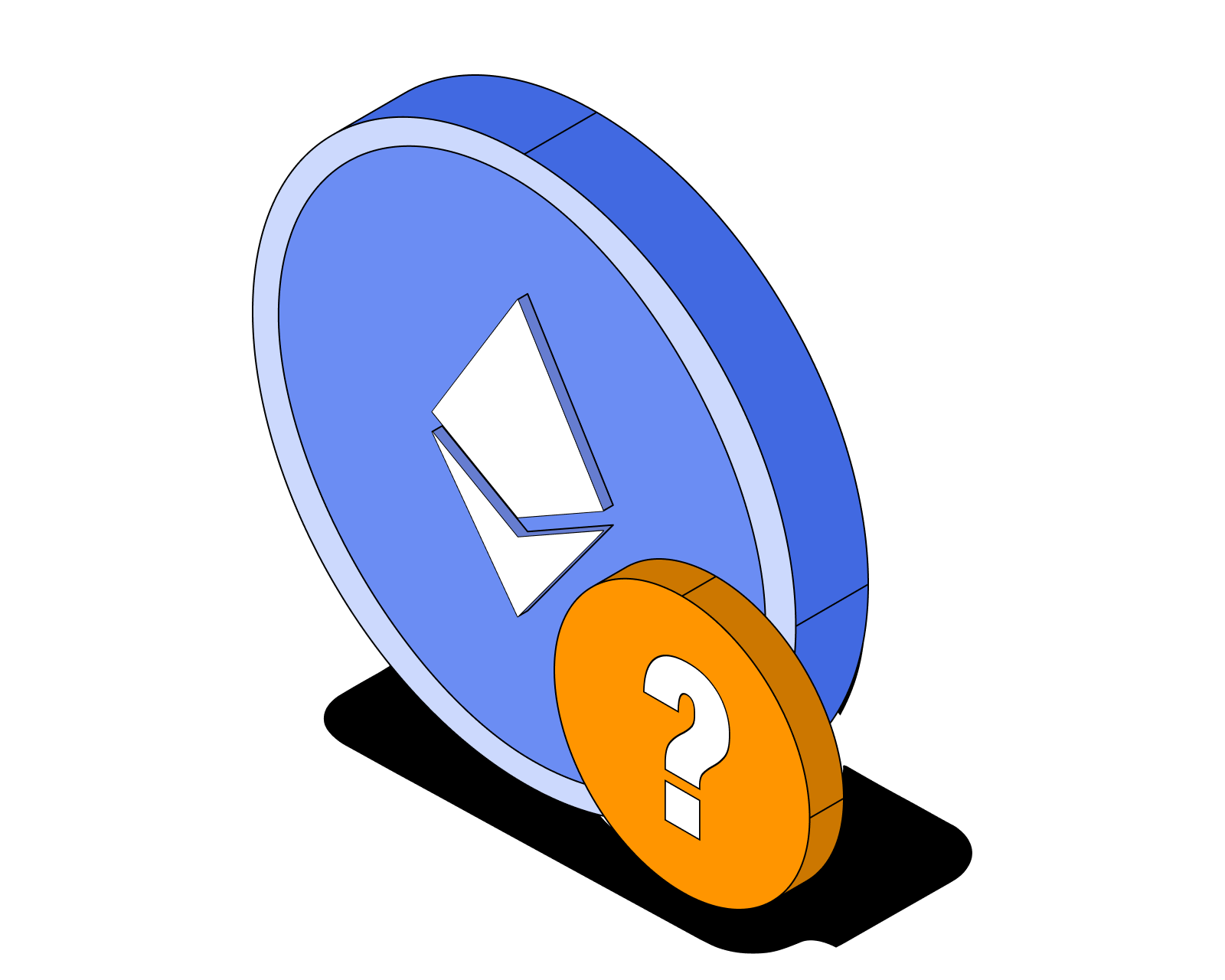
Who created Ethereum?
Understand the origin and early history of the Ethereum protocol.
Read this article →
Who created Ethereum?
Understand the origin and early history of the Ethereum protocol.

What are ERC-20 tokens?
Learn the basics of the Ethereum token standard, what ERC-20 tokens are used for, and how they work.
Read this article →
What are ERC-20 tokens?
Learn the basics of the Ethereum token standard, what ERC-20 tokens are used for, and how they work.
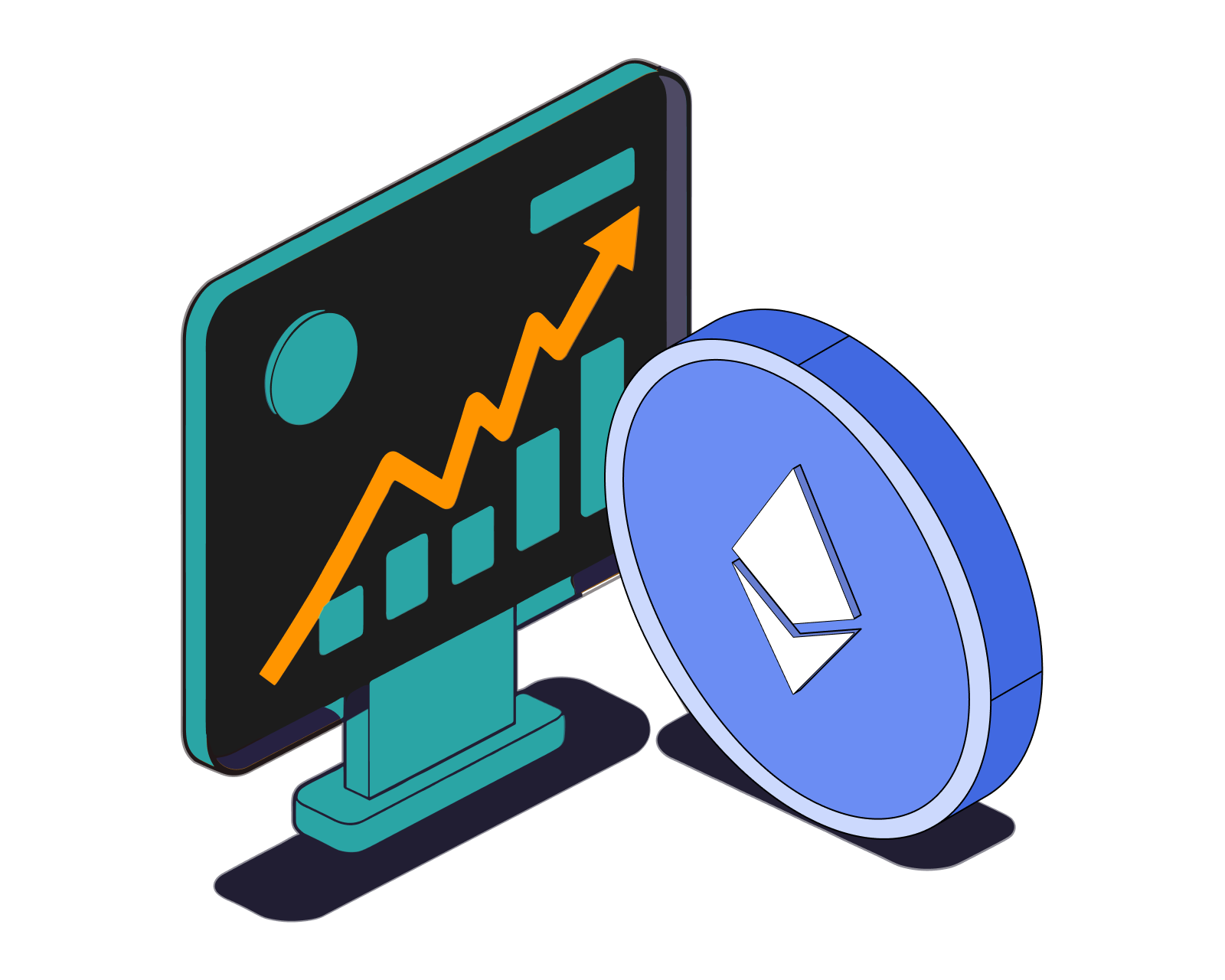
What is Ethereum's monetary policy?
Learn about the issuance rate of ETH and how it is governed.
Read this article →
What is Ethereum's monetary policy?
Learn about the issuance rate of ETH and how it is governed.
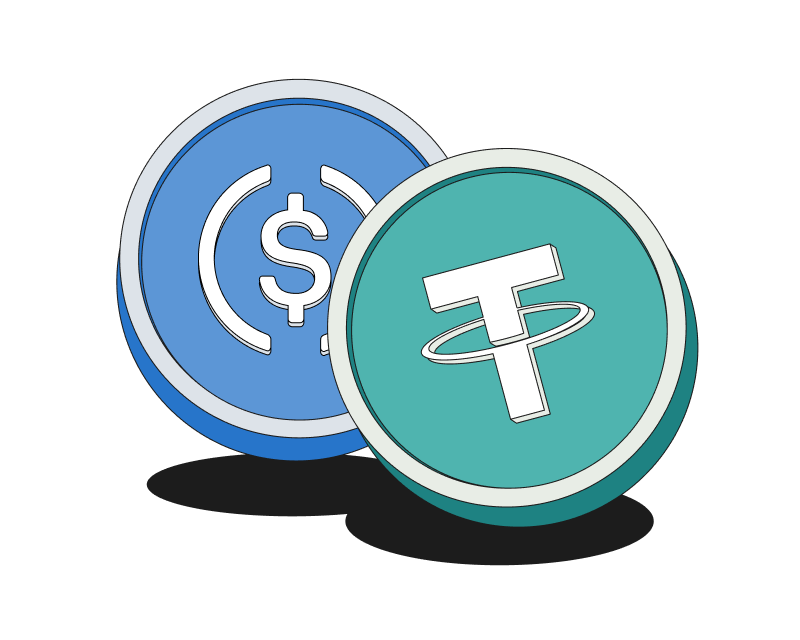
What are stablecoins?
Learn about the key US-dollar crypto 'stablecoins,' how they remain stable, what they're used for, ways to earn interest on them, and where to get them.
Read this article →
What are stablecoins?
Learn about the key US-dollar crypto 'stablecoins,' how they remain stable, what they're used for, ways to earn interest on them, and where to get them.

What are NFTs?
Learn about NFTs, how they work, examples of prominent NFTs, and much more.
Read this article →
What are NFTs?
Learn about NFTs, how they work, examples of prominent NFTs, and much more.
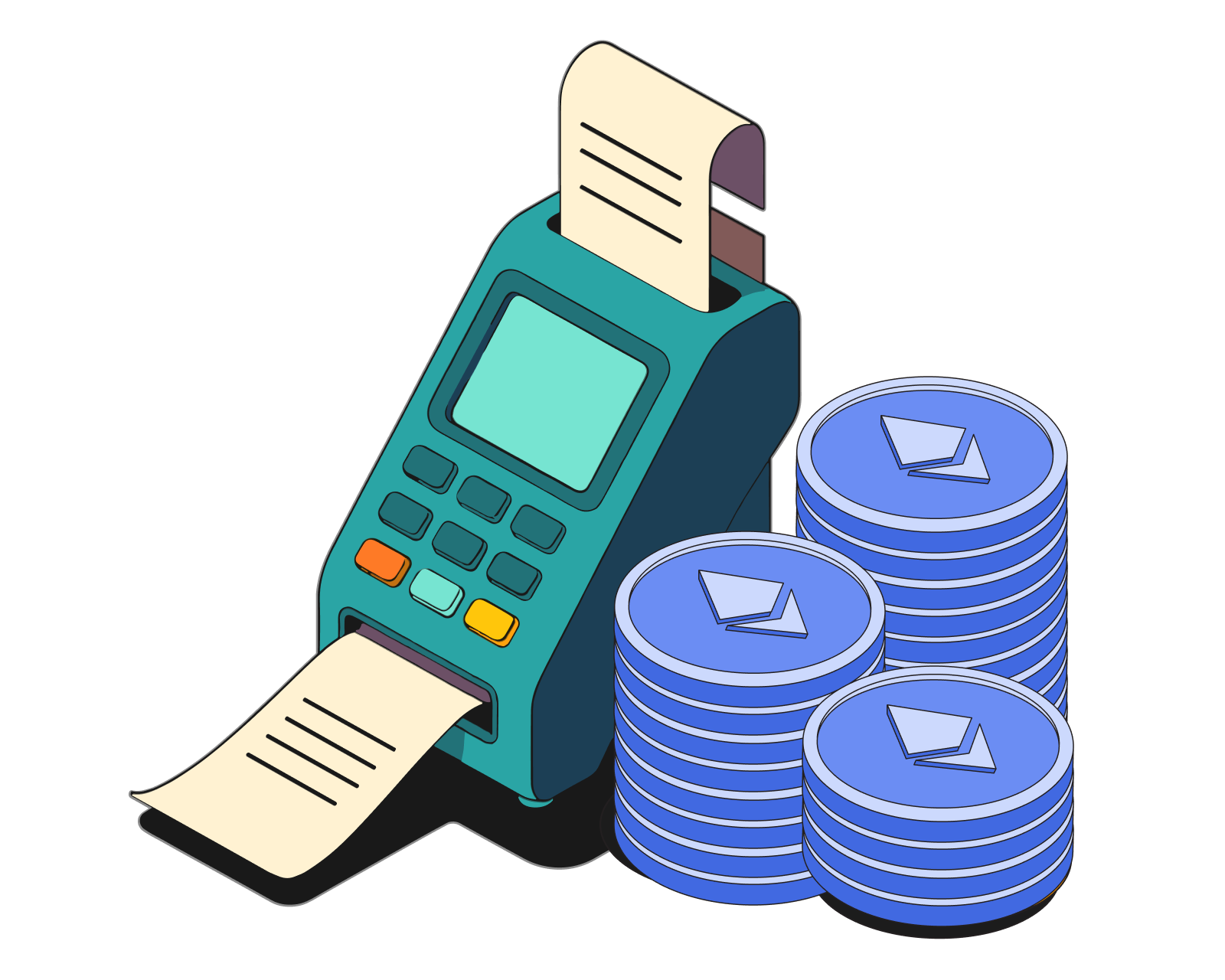
What is a token sale?
Token sales are an important part of the crypto ecosystem. Learn their ins and outs.
Read this article →
What is a token sale?
Token sales are an important part of the crypto ecosystem. Learn their ins and outs.

What is DeFi?
Learn what makes decentralized finance (DeFi) apps work and how they compare to traditional financial products.
Read this article →
What is DeFi?
Learn what makes decentralized finance (DeFi) apps work and how they compare to traditional financial products.

What is Verse?
Learn about Bitcoin.com’s official token, ways to earn it, and how to use it in the Bitcoin.com ecosystem and beyond.
Read this article →
What is Verse?
Learn about Bitcoin.com’s official token, ways to earn it, and how to use it in the Bitcoin.com ecosystem and beyond.
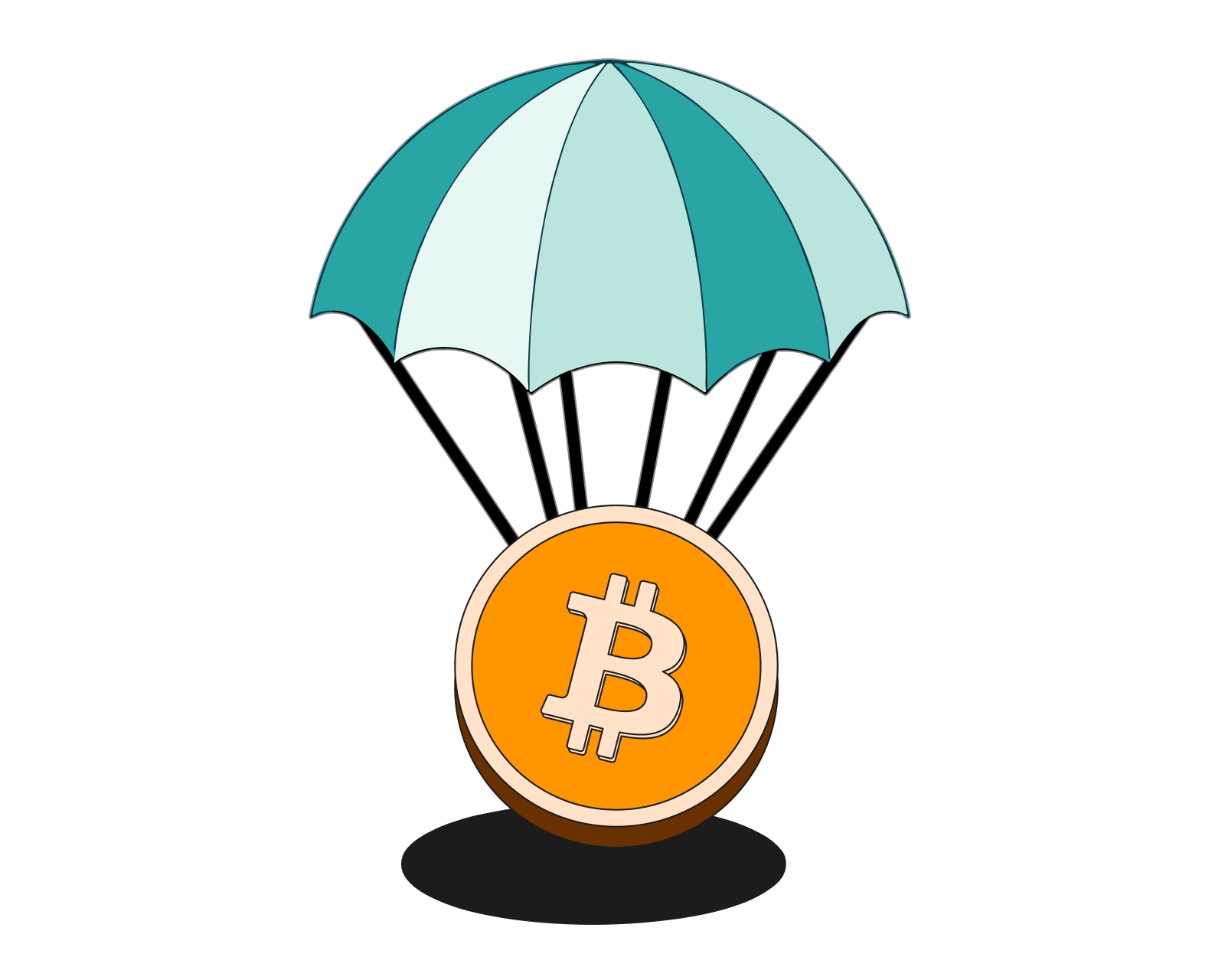
What is an airdrop?
Airdrops are very popular in crypto. Find out what airdrops are, why they are used, and some well known examples.
Read this article →
What is an airdrop?
Airdrops are very popular in crypto. Find out what airdrops are, why they are used, and some well known examples.
STAY AHEAD IN CRYPTO
Stay ahead in crypto with our weekly newsletter delivering the insights that matter most
Weekly crypto news, curated for you
Actionable insights and educational tips
Updates on products fueling economic freedom
No spam. Unsubscribe anytime.



Start investing safely with the Bitcoin.com Wallet
Over wallets created so far
Everything you need to buy, sell, trade, and invest your Bitcoin and cryptocurrency securely

© 2025 Saint Bitts LLC Bitcoin.com. All rights reserved


